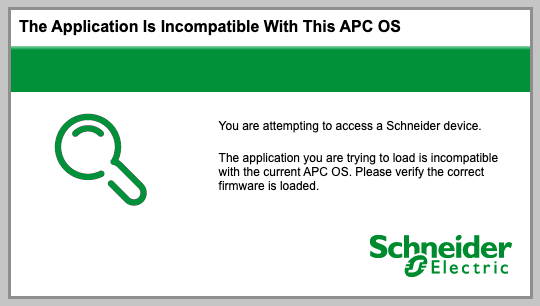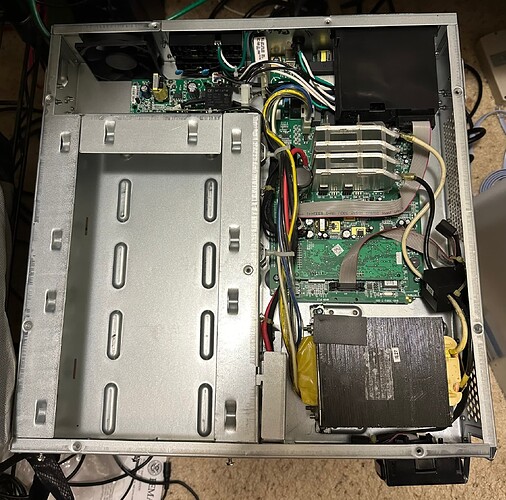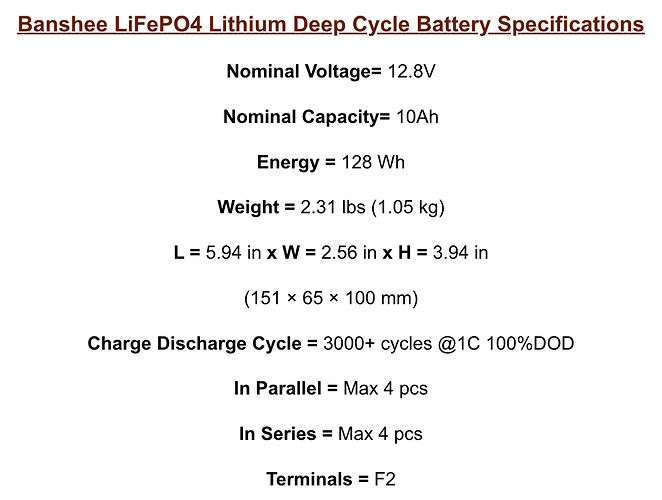Something I would consider is a UPS that has active cooling, there are many units out there that just use a block of solid metal inside for it’s cooling and cannot be upgraded in any easy way (especially battery mods).
If you really care about reliability make sure you get an online ups but keep in mind the efficiency losses, though these can also be hooked up to a standby generator, modified sine wave cannot unless the generator has an inverter output otherwise things get very messy.
Don’t overlook the used market either, you can get a much much better deal on something used and put the money into bigger battery banks vs buying new equipment and using whatever recommended battery is provided, though it depends on how proficient you are with electronics and electrical.
Used gear I don’t mind APC myself, I have a 2007 SmartUPS 1500VA with a USB cable on my TrueNAS scale at the moment, nothing fancy or special, bought used for very cheap 2 cheap lead acid batteries a data cable and it can handle my beefy server for 10-20min and I automated the shutdown procedure including all VMs whenever battery is low, the reason I got it is because it has active cooling that means if I later on want to upgrade the batteries to say 400Ah it’s a matter of simply connecting them, other more modern units will not be able to fully discharge even if you have the power.
If you just want a modern rack unit I would look into LiFePo4 though a lot of these you might also have to mod yourself with aftermarket batteries and keep in mind the battery BMS has to be able to handle being in series, some will also have a limit of how many can be in series, also some may not appreciate the fully charged voltage and the dropoff voltage, some testing will be needed.
Li-Ion UPSes are often lower output capacity, at least I haven’t seen a decent unit available in the area here and they seem to cost quite a lot more, if you want commercial stuff then I guess your budget won’t be an issue.
Also If you live in the freedom side of the world consider a NEMA 6 or 14 circuit for 208-240V so you don’t have to deal with power upgrades in the future all your gear will happily work on 240V and won’t have to buy another UPS later on when you add more gear there and it also allows you to run beefier equipment and at maximum efficiency, just don’t buy 120V equipment, some can also do 3ph IN to 1ph out which is quite handy for balancing loads (may be useful to you depending on your circuits there and how much power you want).
A lot of used enterprise gear will have network modules (or the slot for them) they may need new batteries, a proper cleaning but check the usual places and you’ll be surprised what you can get.


